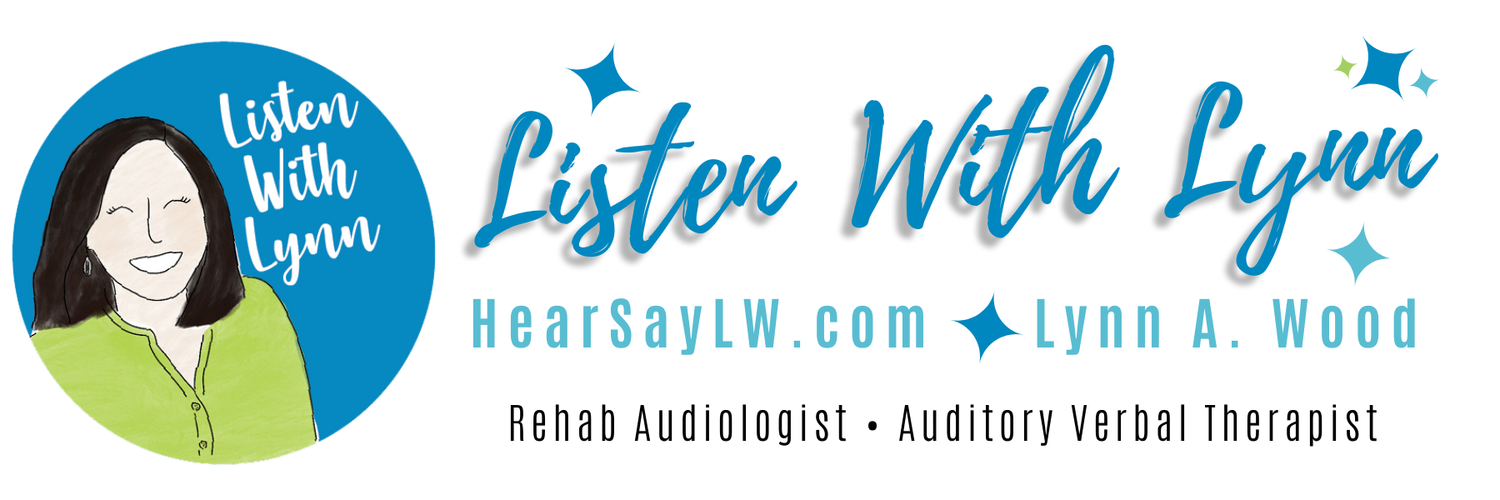Hey, Diddle Diddle is a classic rhyme but how does a dish run away with the spoon?
It doesn’t matter! Mother Goose characters and songs are just fun!
Babies love to be bounced to the rhythm of Giddy-up Horsey.
A toy spider makes Itsy Bitsy Spider come alive for toddlers.
Hunt for dog bones while learning Old Mother Hubbard.
Act out Humpty Dumpty with a hard-boiled egg and toy horses.
 |
Humpty Dumpty in Auditory Verbal Therapy |
Children first learn to follow intonation patterns then imitate actions, repeat main words and soon start singing. Remember to use hearing first. Start a song before showing your child the motions. Then, say the first line of a rhyme such as Jack and Jill went up a ... or Twinkle, Twinkle little.... Pause and lean in with an expectant look. Encourage your child to respond by singing the next words.
Older children can play a game with matching pictures or toys. Clue your child to listen and then slowly recite the nursery rhyme. Pause at a keyword that has a matching toy or picture card. Nursery Rhyme puzzles work great for this task. Each time your child hears one of the keywords, they can hold up that toy or card.
Do you know Baa, Baa, Black Sheep, Twinkle, Twinkle Little Star and the Alphabet Song share the same tune? Hum this tune while your child listens. Here is the challenge, can they identify the song words with the matching melody?











